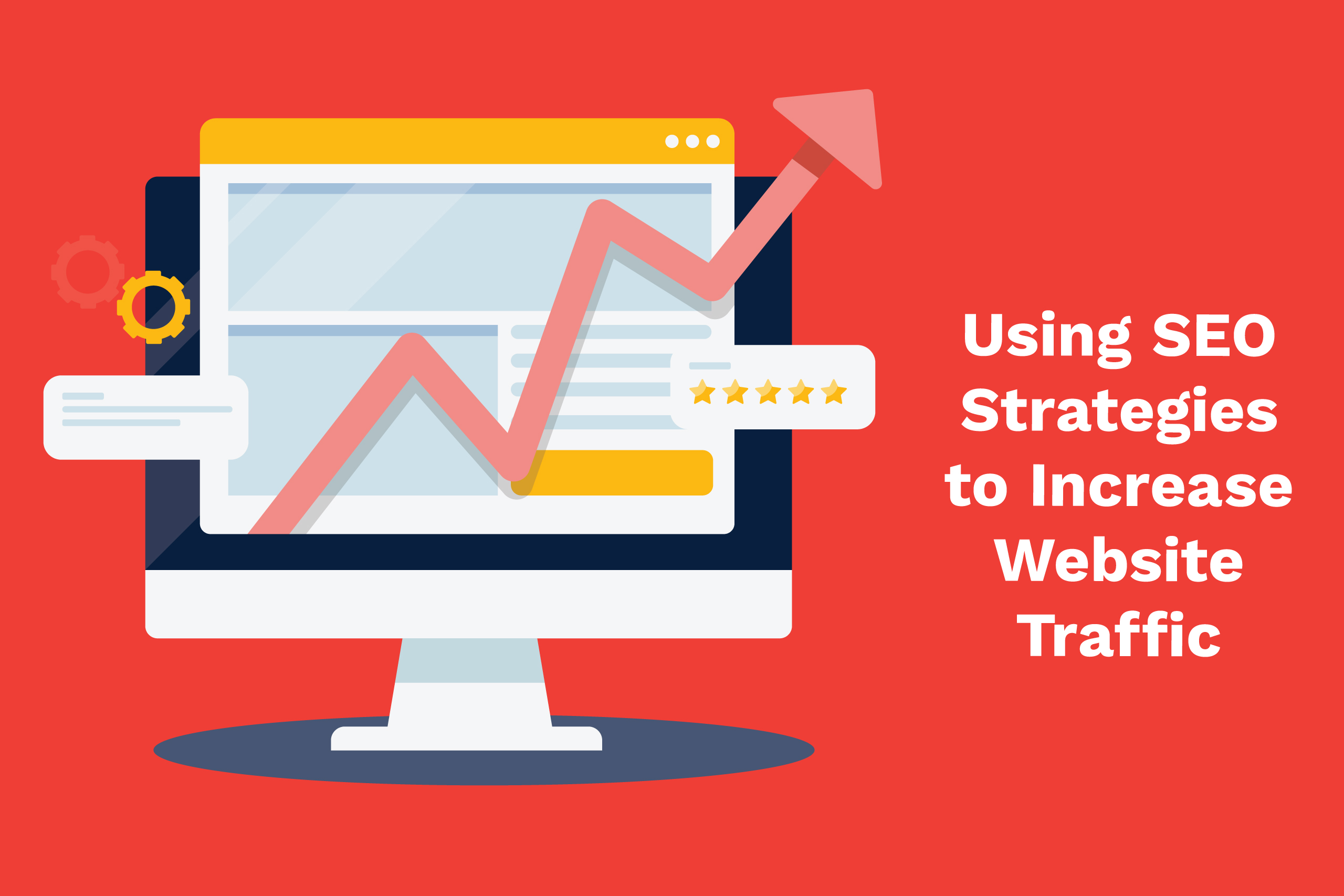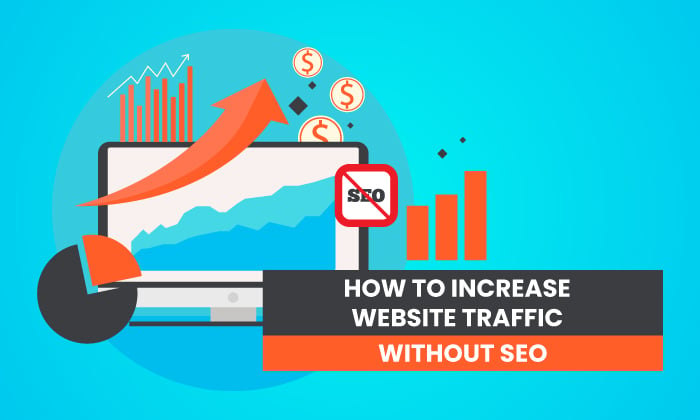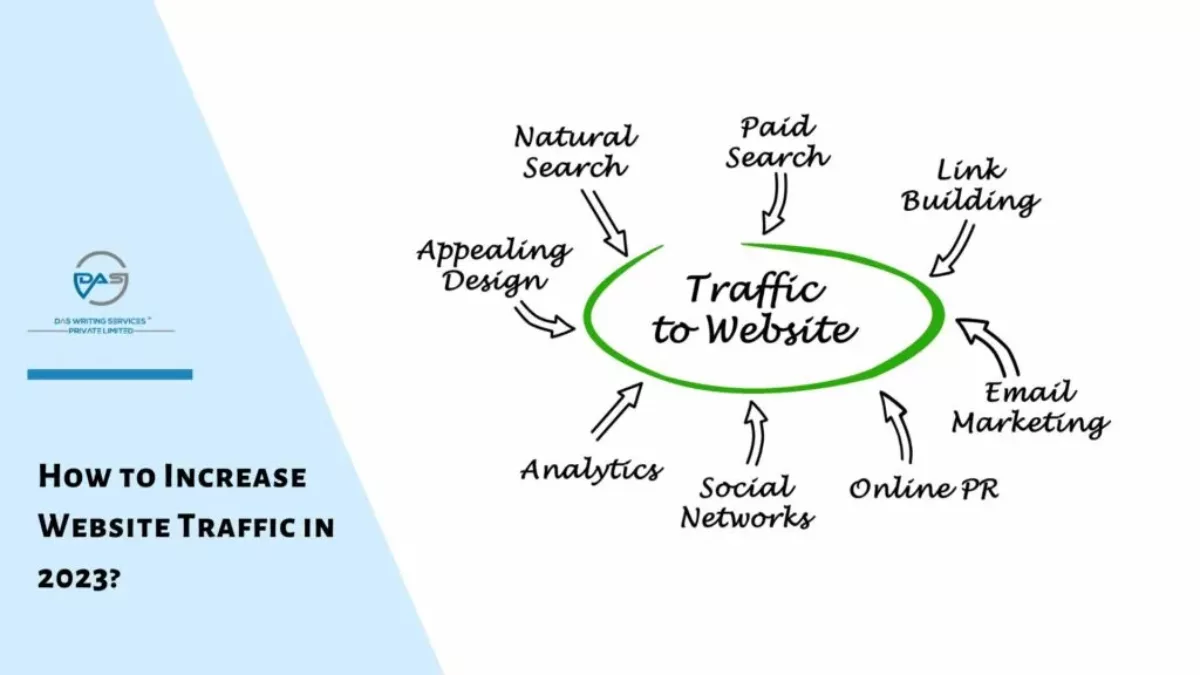Are you struggling to get more visitors to your website? You’re not alone.
Many website owners face the challenge of driving traffic. But what if there was a way to change that? Imagine watching your website thrive with a growing number of visitors. The secret lies in SEO. By mastering a few key strategies, you can boost your website’s visibility and attract more visitors.
This isn’t just about numbers; it’s about connecting with the right audience who are genuinely interested in what you offer. Ready to discover how SEO can transform your website traffic? Let’s dive in and unlock the potential of your online presence.
Keyword Research
Understanding keyword research is crucial for boosting website traffic. It helps identify phrases your audience uses. This insight optimizes content, making your site more discoverable.
Keyword research is a vital part of SEO. It helps drive traffic to your website. By understanding what your audience is searching for, you can optimize your content. This ensures that your site appears in relevant search results. Effective keyword research involves several steps. Each step helps you find the right keywords to attract visitors.Identifying Target Keywords
Identifying target keywords is the first step. Start with your business goals. Think about what your audience is searching for. Make a list of potential keywords. Consider different terms related to your products or services. Use your insights to guide your keyword choices. This helps ensure your content matches user intent.Using Keyword Tools
Keyword tools can help simplify this process. They provide data on search volume and competition. Tools like Google Keyword Planner and SEMrush are popular options. They show you which keywords are worth targeting. Use these tools to refine your keyword list. They help you find the best opportunities to rank in search engines.Long-tail Keywords
Long-tail keywords are phrases with three or more words. They are more specific than single-word keywords. These keywords often have lower competition. They can attract a more targeted audience. Using long-tail keywords can help you reach niche markets. They are a valuable addition to your SEO strategy. Including them can improve your search ranking and drive more traffic.On-page Optimization
Driving traffic to your website is essential for growth. On-page optimization plays a crucial role in this process. It helps your site rank better in search engines. Improving these elements can lead to more visitors.
Optimizing Meta Tags
Meta tags are snippets of text. They describe a page’s content. Search engines use them to understand your site’s topic. Include keywords in your title tag. Keep it under 60 characters for best results. Write a compelling meta description. This appears in search results. Aim for 155 characters or less. Make it informative. Encourage clicks by highlighting key features.
Content Quality And Relevance
High-quality content attracts visitors. It keeps them engaged. Use simple language. Address common questions in your niche. Update your content regularly. Ensure it remains relevant. Use subheadings for clarity. Break content into smaller paragraphs. This helps readers follow along easily. Include keywords naturally throughout the text. Do not overstuff them.
Image Alt Text
Images enhance your website’s appeal. Alt text provides a description for search engines. It helps them understand the image content. Write clear and concise alt text. Include your target keyword. This improves SEO and accessibility. Avoid keyword stuffing. Keep it relevant to the image. Describe what the image represents.
Technical Seo
Technical SEO is crucial for improving website performance and visibility. It focuses on optimizing site elements for better search engine indexing. This process involves several aspects that ensure your site functions efficiently.
Improving Site Speed
Site speed affects user experience and search engine rankings. A slow site can frustrate visitors, causing them to leave quickly. To improve speed, minimize file sizes and leverage browser caching. Use tools like Google PageSpeed Insights to identify issues. Faster sites retain users and rank better.
Mobile Friendliness
With more users browsing on mobile devices, mobile friendliness is essential. A responsive design adapts your site to different screen sizes. Google favors mobile-friendly sites, improving their search rankings. Test your site’s mobile experience with Google’s Mobile-Friendly Test tool. Ensure easy navigation and readable text on mobile.
Structured Data
Structured data helps search engines understand your content better. It uses a specific format to highlight important information. Implementing structured data can improve your visibility in search results. Use Schema.org markup to add structured data to your site. This can enhance how your pages appear in search results.
Content Strategy
Crafting a solid content strategy can boost website traffic through effective SEO practices. Focus on keyword research, engaging content, and quality backlinks. Consistent updates and optimization help attract more visitors.
Creating a robust content strategy is crucial for boosting your website’s SEO and driving more traffic. A well-planned content strategy not only helps in ranking higher on search engines but also keeps your audience engaged and coming back for more. Let’s dive into how you can effectively enhance your website traffic with a strong content strategy.Creating Valuable Content
Creating valuable content is the backbone of any successful SEO strategy. The key is to address the needs and interests of your target audience. Think about what your audience struggles with and how you can provide solutions. Imagine you are your reader. What information would you find irresistible? Your content should answer their questions and solve their problems, making them want to share it with others. This can lead to organic backlinks, which are highly beneficial for SEO.Blogging And Guest Posts
Blogging is a powerful tool for increasing website traffic. Regularly updating your blog with fresh, relevant content keeps your site active and signals search engines that your site is alive and kicking. Guest posting on reputable blogs is another effective strategy. It allows you to reach a new audience and earn backlinks from high-authority sites. These backlinks can improve your site’s authority and search engine rankings. Have you ever tried guest posting? It can be a game-changer. Not only does it drive traffic, but it also establishes you as an authority in your field.Updating Existing Content
Updating existing content is often overlooked but can significantly boost your traffic. Search engines love fresh content, and so does your audience. Revisit older posts and refresh them with the latest information. Update any outdated statistics, add new insights, and improve the readability. This not only helps in improving your rankings but also enhances the user experience. Have you checked your older posts lately? You might be sitting on a goldmine of content that just needs a little polish to shine again. In crafting your content strategy, remember that quality trumps quantity. It’s better to have fewer pieces of high-quality content than a lot of mediocre ones. Keep your audience in mind, update your content regularly, and watch your traffic grow.Link Building
Boost website traffic by building quality links. These links improve search engine ranking. More visitors find your site, increasing visibility and engagement.
Boosting your website traffic through SEO can sometimes feel like an uphill battle, but link building is a powerful strategy to push you towards your goals. Links act as bridges, connecting your site to others and signaling to search engines that your content is trustworthy and valuable. But how do you effectively create these connections? Let’s dive into the tactics that can help you build a strong link profile.Building Backlinks
Backlinks are links from other websites that point to yours, and they are crucial for SEO. They act as votes of confidence, showing search engines that your content is worth sharing. Start by identifying websites in your niche with high authority. Reach out to them with a personalized email, explaining why linking to your content would benefit their readers. Consider creating high-quality, shareable content that others naturally want to link to. This could be an in-depth guide, a unique study, or an engaging infographic. The more valuable your content, the more likely others will link to it without you even asking.Guest Blogging
Guest blogging is a fantastic way to build links while showcasing your expertise. Write posts for reputable sites in your industry, and include a link back to your website. This not only helps you gain backlinks but also exposes your brand to a new audience. Ensure your guest post provides real value to the readers of the host blog. Share personal insights or experiences that readers can relate to and learn from. Ask yourself, how can your unique perspective make the content more engaging?Social Media Promotion
Social media can be an ally in your link-building strategy. Share your content across different platforms to increase its visibility. When more people see and appreciate your content, there’s a higher chance they’ll link to it from their own sites or blogs. Engage with your audience by asking questions or prompting discussions about your content. Encourage them to share your posts, and you might just see your content spread further than you imagined. Have you ever considered how a single tweet could lead to multiple backlinks? Link building is not just about quantity but quality. Focus on creating meaningful connections that enhance your website’s reputation. As you continue to build these links, you’ll likely see an increase in your website traffic. What actionable steps will you take today to start building those bridges?
Credit: www.thresholdagency.com
User Experience
Improving your website’s user experience can significantly boost traffic. A positive experience keeps visitors engaged and encourages return visits. This leads to more traffic and better SEO rankings. Focus on key elements that enhance user experience. This can make a big difference.
Improving Navigation
Clear navigation helps visitors find content easily. Use a simple menu structure. Include search functionality for quick access. Label menu items clearly. This reduces confusion and improves user satisfaction. Ensure links work correctly. Broken links frustrate users and increase bounce rates.
Enhancing Engagement
Engagement keeps users on your site longer. Incorporate interactive elements like quizzes or polls. Use captivating visuals and videos. Craft compelling content that resonates with your audience. Encourage comments and feedback. This builds a community around your site. Personalize experiences based on user behavior. This increases interest and loyalty.
Reducing Bounce Rate
A high bounce rate signals poor user experience. Optimize page load speeds. Slow pages drive users away. Ensure your site is mobile-friendly. Many users browse on phones. Provide relevant content that meets user intent. Avoid intrusive pop-ups. They disrupt the user experience. Monitor analytics to identify problem areas. Make necessary adjustments to improve retention.
Analytics And Monitoring
Understanding your website’s traffic is crucial for success. Analytics and monitoring help you measure and improve your SEO efforts. They offer insights into what works and what needs improvement. With the right tools, you can track and analyze your site’s data effectively.
Using Google Analytics
Google Analytics is a powerful tool for tracking website traffic. It shows how visitors find and use your site. You can see which pages are popular and which need work. This information helps you make informed decisions. Set up Google Analytics to gather data effortlessly. It provides detailed reports on user behavior. With these insights, you can tailor your content to meet user needs.
Tracking Keyword Performance
Keywords play a vital role in SEO. Tracking their performance shows which ones drive traffic. Use tools to see how keywords rank. Check how often they lead to visits. This data reveals the effectiveness of your SEO strategy. Adjust keyword usage based on performance reports. Focus on keywords that improve visibility and attract users. Regular tracking ensures your content remains relevant.
Adjusting Strategies
Analytics help refine your strategies. Review data to find areas for improvement. Identify pages with high bounce rates. Analyze why visitors leave quickly. Modify content to retain visitors longer. Look at traffic sources and trends. Adapt your strategies to align with user preferences. Continuously monitor performance to stay ahead in SEO. Make changes based on factual data, not guesswork.

Credit: neilpatel.com

Credit: www.daswritingservices.com
Frequently Asked Questions
What Is The Role Of Keywords In Seo?
Keywords are crucial for SEO as they help search engines understand your content. By using relevant keywords, you can improve your site’s visibility in search results. Research and use keywords strategically within your content to target your audience effectively and increase website traffic.
How Does Quality Content Improve Website Traffic?
Quality content attracts and engages visitors, encouraging them to stay longer and explore your site. It also earns backlinks from other websites, boosting your search engine rankings. By providing valuable information, you increase the likelihood of return visits, enhancing overall website traffic.
Why Is Link Building Important For Seo?
Link building is vital for SEO because it establishes your site’s credibility and authority. Quality backlinks from reputable sites signal to search engines that your content is trustworthy. This improves your search rankings and drives more organic traffic to your website.
How Does On-page Seo Boost Traffic?
On-page SEO involves optimizing individual web pages to rank higher in search results. By improving elements like title tags, meta descriptions, and headers, you enhance user experience and search engine understanding. This results in better visibility and increased organic traffic to your site.
Conclusion
Boosting website traffic with SEO demands consistency and smart strategies. Focus on quality content. Engage your audience. Optimize keywords. Improve site speed. Use internal links. Monitor analytics for insights. Remember, every step counts. Patience matters. Keep learning and adapting. These efforts create a strong foundation for growth.
SEO is more than just tricks. It’s a commitment to improving your site. Stay dedicated. Your efforts will pay off over time. Building traffic takes time and work. Aim for gradual progress. Be persistent. Success is within reach with the right approach.
